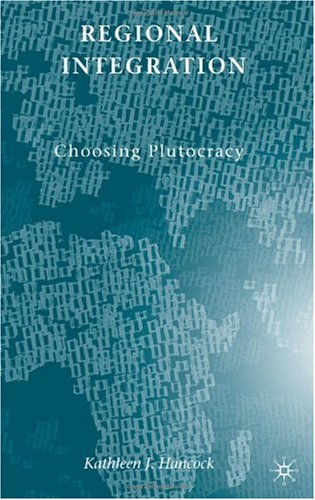

Most ebook files are in PDF format, so you can easily read them using various software such as Foxit Reader or directly on the Google Chrome browser.
Some ebook files are released by publishers in other formats such as .awz, .mobi, .epub, .fb2, etc. You may need to install specific software to read these formats on mobile/PC, such as Calibre.
Please read the tutorial at this link: https://ebookbell.com/faq
We offer FREE conversion to the popular formats you request; however, this may take some time. Therefore, right after payment, please email us, and we will try to provide the service as quickly as possible.
For some exceptional file formats or broken links (if any), please refrain from opening any disputes. Instead, email us first, and we will try to assist within a maximum of 6 hours.
EbookBell Team

4.4
42 reviewsThe international system is based on sovereign equality, yet states sometimes choose to cooperate through plutocratic governance arrangements, under which members of a multilateral accord delegate policymaking to the wealthiest state among them. In 1995, Russia created an economic integration agreement using plutocratic structures. Prussia and South Africa led similar arrangements in their respective regions during earlier historical periods. Numerous states joined these integration efforts. Regional Integration answers the plutocracy question with a novel theory focusing on the political survival of the leadership. In narratives laced with kings, diamonds, revolutions, and hyper-nationalism, Hancock traces the stories of these states and their paths to plutocracy.
____
Hancock argues that there are three governance structures states can use when designing integration accords: plutocratic, supranational and intergovernmental. The first, in which states delegate to a wealthy state, has been largely ignored by scholars yet is both a logical choice and one that several states have chosen over the last 200 years.